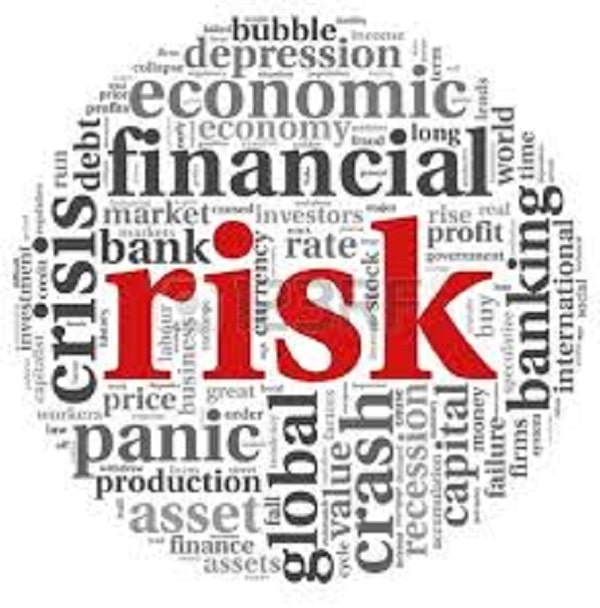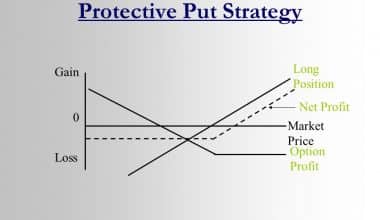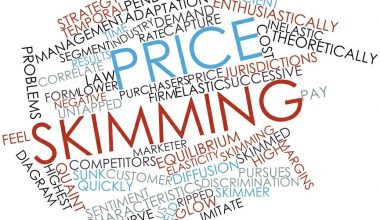In business today, there are ways to make better progress in sales, and if we don’t devise good strategies to face it, good sales will not be achieved. Conversely, I’m telling you that effective competitive strategies can make you more successful as a business person, and also we will be examining the perfectly market analysis and the inhibition competitive advantages.
Competitive
The meaning of the word competitive however describes a situation where one person or group of individuals is engaged in a competition with other people to determine who is more successful. Competitive means doing well against other individuals in order to be the best.
Meanwhile, The urge to exceed others is a sign of competitiveness. When it comes to competitiveness, greater people are especially willing to seeing every circumstance as competition even when there are no winners or losers. When challenged, competitors will work harder to win.
Competitive Advantages
An edge over competitors grants a corporation a competitive advantage. A competitive advantage can be obtained through gaining access to various natural resources, such as high-grade ores or low-cost power, as well as highly skilled labor, being located in a certain region, having fewer entry barriers, and utilizing a new technology. As a company’s cost structure, branding, product quality, distribution network, intellectual property, and customer service are all competing advantages, they are all given consideration when analyzing a product. Customers have a preference for the products or services of a business, as opposed to those of another business with competitive advantages.
How To Identify Your Business’s Competitive Advantage
Firstly, you need to think of what can you offer your audience that your competitors cannot? You actually need to figure out where you have an advantage.
- The manner in which you provide value or benefits to customers
- Who you’re trying to appeal to
- You aren’t the only person who works in this or a comparable niche.
- The greatest benefit you can offer your target audience is your competitive advantage, and you can deliver this benefit in a unique way that no other firm can
The Strategies In Competitive Advantages
#1. Same Product, But Cheaper
Enterprises seek cost leadership as a competitive advantages. The ability to deliver comparable products at lower costs than competitors is called cost leadership. Companies must refine production processes or use resources more efficiently than competitors to utilize this strategy. Other factors, like proprietary technology, may also be involved. Forcing competitors out of the market is an offensive strategy called cost leadership.
#2. Different Products With Different Features
Firms use differentiation as a second method to stand out. Low cost is one of many variables that can differentiate a firm from competitors. Thus, Competitive advantages are the distinct advantages that can be sold to potential customers. They target a specific market niche. Businesses can also research consumer preferences and build a niche market around those items.
#3. Holding Defensive Positions
A defensive strategy can also help a company gain a competitive advantage. This strategy allows the company to stand out from the competition while maintaining a competitive advantage. In order to maintain such advantages, this strategy is heavily reliant upon differentiation and cost leadership. That makes it difficult for competitors to compete, unlike the other two tactics.
#4. Strategic Alliances Pool Resources
Partnerships with companies in similar or related industries can help businesses compete. But businesses must balance alliances and collusion. Company collusion artificially restricts prices. To counteract non-aligned competitors, strategic alliances function more like joint ventures.
Competitive Inhibition
Competitive inhibition is the stoppage of a chemical route when one chemical substance competes with another by blocking or binding to the pathway. Enzyme-substrate binding competition decreases the rate of catalysis. Competitive inhibition is reduced as the substrate concentration is increased when a specific inhibitor concentration is reached.
Substances that are structurally related to the substrate will also bind to the same binding site as the substrate, and so competitive inhibition will usually occur. An enzyme-substrate (ES) or an enzyme-inhibitor (EI) complex is found with binding to an additional entity, either an enzyme (E) or an inhibitor (I), rather than a ternary complex (EIS) (Scheme 1. (Jordan-anwar) 3, Fig. 1.3). Inhibition by substrate concentrations can be overcome by high substrate concentrations, hence this sort of inhibition does not impact V. I/Ki [multiplier] is added to the Km to raise it by a factor of (1 + [I]/Ki). Inhibition competency increases in relation to the quantity of inhibitor present in the active site, hence an increase in inhibition concentration results in greater inhibition competitive.
Competitive Analysis
Competitive analysis in marketing and strategic management is an assessment of the strengths and weaknesses of current and potential competitors. This analysis provides both an offensive and defensive strategic context to identify opportunities and threats.
#1. SWOT Analysis
An organization or decision might use the SWOT framework to examine internal and external concerns. An advantage of using SWOT analysis is common in strategic planning. For example, good supplier ties may allow you to provide reduced prices. You can also use it to analyze a decision by examining your relative strengths, weaknesses, opportunities, and dangers. When a client asks for a marketing SWOT analysis, it is usually part of a (CLA). They may assess a competitor’s website, blog, social media, digital advertising, and organic search marketing. This helps them advise a client.
#2. Porter’s Five Forces
Porter’s Five Dynamics is a competitive market analysis framework. A new entrant is defined as an individual who enters a market. These are thus the key forces driving industrial competition in Michael Porter’s model. Therefore this paradigm helps analyze industry competition. The five forces can expose the appeal of new markets. This helps you decide whether to add new products to attract new customers. Porter’s Five Forces examination of competitors can also help you define your strategy. For example, if substitutes represent a real threat, you may seek to build brand loyalty.
#3. Strategic Group Analysis
Strategic Group Analysis groupings organizations based on strategy. Yet you can determine your firm’s cluster for each strategic dimension to measure the impact of various strategies. You can also see your competitors.
That is, it compares your company’s offerings to the competition. This analysis is however to help firms decide what to invest in based on competitiveness and market attractiveness. This competitive analysis method thus has typically been used to help major corporations pick which goods to invest in and which to discard. But it has additional uses. This approach can be used to examine digital marketing initiatives. Marketers can discover which channels to invest in or stop using by charting channel growth versus ROI and evaluating.
#5. Perceptual Mapping
This analysis compares your product to competitors. For this reason, it’s also known as competitive positioning mapping. First, pick two attributes to compare. Then you compare your product to theirs. Perceptual mapping reveals how shoppers perceive your goods versus competitors. Perceptual mapping is used to visualize client feedback. Marketers can use mapping to see how customers see you and your competitors. This will inform you if your current positioning strategy is working. As well as targetable gaps.
Perfectly Competitive Market
Perfect competition leads to Allocative efficiency resource allocation. They describe competitiveness in various market arrangements. As a result, it provides a natural comparison point for other market models. In reality, few sectors are truly competitive. However, it is useful because it is informative.
A perfectly competitive market includes the following features:
- All producers are marginal to the market. Their own output has little effect on the supply curve.
- Producers all take prices. They can’t sway the market Consumers will switch to a cheaper competition if a firm tries to boost its price.
- They are homogeneous. The features of a good or service are constant.
- Producers have full market access.
- Both buyers and sellers know the product’s price, utility, quality, and manufacturing techniques.
- No transaction fees. In a completely competitive market, buyers and sellers suffer no costs.
- Long-term, producers make little money.
There are many producers and customers in the market and no single company can affect pricing. A completely competitive market has these features:
- The market is full of buyers and vendors.
- Everyone makes the same thing.
- Buyers and sellers have perfect price information.
- No transaction fees.
- There are no access or exit obstacles.
In a fully competitive market, all goods are perfect substitutes, and the demand curve is perfectly elastic for each small, individual firm. If one firm tries to raise its price, there will be no demand for its goods. Consumers would rather buy from a cheaper provider. However, a perfectly competitive market has many buyers and sellers, similar items, no transaction costs, no entry or exit obstacles, and perfect price information.
What Does Being Competitive Mean?
Competitiveness is the desire to outperform others. A very competitive person will regard a situation as a contest, even though there is no clear winner. Competition can drive people to work harder than they would otherwise
What Do You Call a Competitive Person?
A competitive person can be called a diligent, purpose-driven, lively, overambitious, opportunistic, self-assertive competing, rival, etc. person.
What Do You Mean by Highly Competitive?
Acting towards your goal is extremely competitive; and if you really want to succeed, you have to work hard. Also having high desires of being successful or outperforming in the competition.
What Is an Example of Competitive Person?
Even if there is no clear winner or loser, a person who is very competitive is more likely to see a situation as a competition. For example, a teen might compare how popular they are on social media to how popular their friends are, even though having the most followers doesn’t give them anything special.
How Do You Deal With Someone Who Is Competitive?
- Establish Limits. Start by refusing to participate in the competitiveness game if you want to
- maintain your friendship.
- Give credit where credit is due.
- Sincerity is the best policy.
- Increase the flexibility of your friendships.






